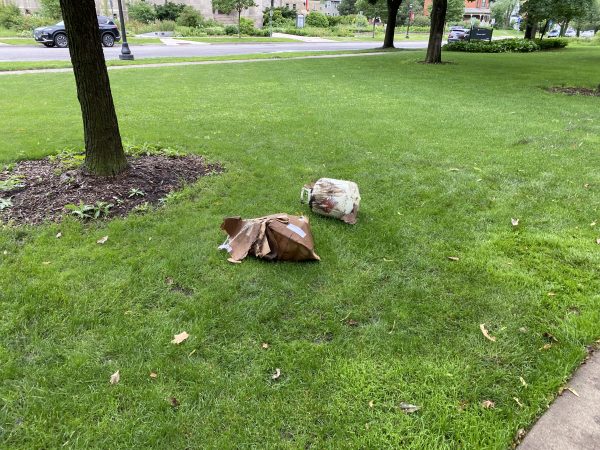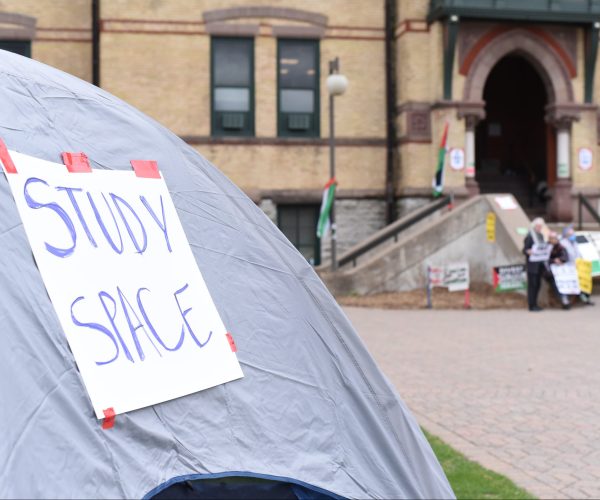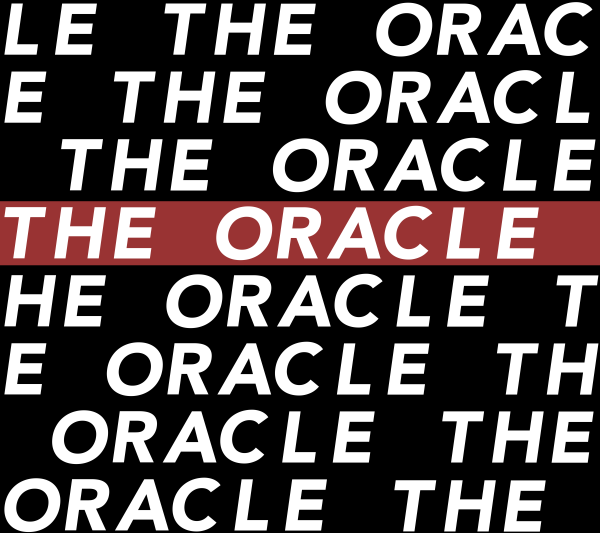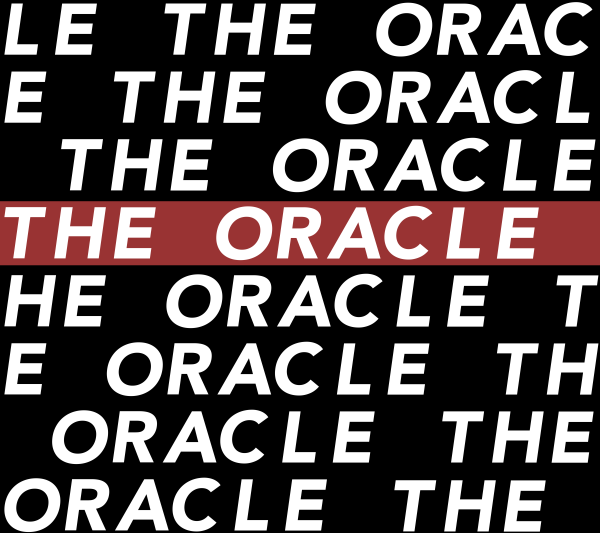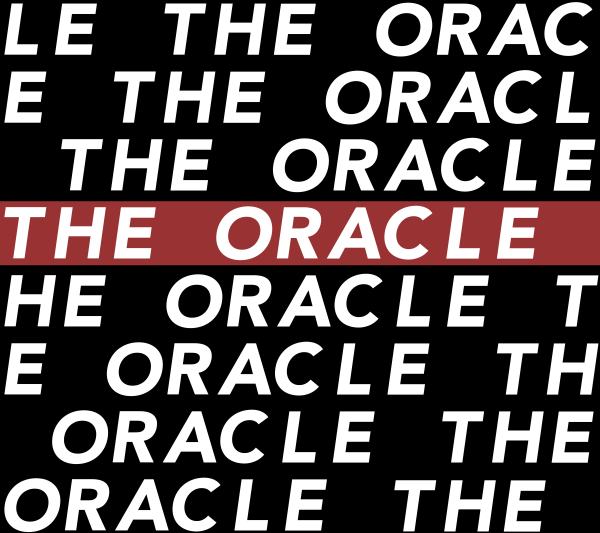Being clear on transparency
During the College of Liberal Arts program review, the Dean’s Office noticed a breach in security, resulting in a broader discussion about transparency.
May 8, 2021
It has come to the attention of the Faculty Institutional Relations Committee (FIRC), who oversees College of Liberal Arts (CLA) matters, that student reporters have been attending CLA meetings online throughout the academic year.
With the CLA in the middle of a program review, faculty have been communicating more than ever in online spaces that, due to COVID-19 and new technology, are more accessible for the masses, on or off-campus.
Oracle and HUSC representatives have been asked to sit in on CLA meetings in an effort to provide transparency and to communicate with the student body efficiently. There has been a long standing invitation to Oracle staff that dates back prior to virtual meetings. According to CLA Dean Marcela Kostihova, an assistant in the office has invited the Oracle for as long as 29 years. Despite this long-standing invitation, FIRC members and faculty alike were not fully aware of student attendance.
The Student Press Law Center (SPLC) argues that meetings of governing bodies, like CLA faculty meetings, should be open to the public and to reporters.
The SPLC writes that “state laws generally say that, if a majority of any government body — decision-making or even advisory — meets to discuss public business, the meeting is open to the public with limited exceptions, such as discussion of legal strategy in a pending lawsuit.”
Due to Hamline being a private institution, the FIRC wrote guidelines that the Oracle has agreed to stating CLA faculty meetings are not “public meetings” and faculty have the right to oversee and regulate attendance.
What was thought of first as a data leak turned out to be a misunderstanding, impacted by the factors of FIRC and faculty’s oblivion to student attendance and reporter confusion about what was and was not confidential.
According to the student reporter who attended the meeting that opened this conversation, a link for program review data was posted without context in the Google Meets chat. This link was copied, resulting in a breach of some confidential material. None of this data was published. While the Google site that faculty uses has limited access, the document the reporter accessed did not have restricted viewing access. According to Dean Marcela Kostihova, it was made clear that this information was confidential.
What resulted was ultimately miscommunication and confusion between the CLA Dean’s office, the FIRC, faculty and the Oracle, which opened up a greater conversation about transparency and access.
“There was never any decision to ban the Oracle however we did want to, to kind of clarify the policy and particularly, we want to make the faculty aware, if there are reporters in the meeting, that what they say can and might be used in a story,” chair of FIRC, and political science professor Joseph Peschek said.
Oracle reporters will still be allowed in these spaces and the committee and other offices have created steps so everyone understands and feels most comfortable moving forward.
In response to the situation, leaders of the Oracle agreed to some new reporting standards for the reporters that attend meetings.
To maintain transparency, Oracle reporters will be asked to identify themselves near the start of meetings. Meetings will not be recorded, a practice they already follow, and reporters will refrain from copying, pasting or saving what is posted in the chat.
According to FIRC, it wants to do its part to support students in order to prepare them for professional standards outside of Hamline in regards to reporting.

